Introduction
Where Do Pigeons Live: Pigeons, often referred to as rock doves, are a ubiquitous presence in urban and rural environments around the world. These adaptable birds have found a niche in a wide range of habitats, making them one of the most widely distributed bird species globally. From bustling city streets to tranquil countryside landscapes, pigeons have established their homes in diverse settings, showcasing their remarkable ability to thrive in various conditions. We will delve deeper into the specific habitats and behaviors of pigeons, shedding light on their fascinating ability to thrive in a wide range of conditions.
Fascinating places where pigeons choose to live and the factors that contribute to their success in these environments. scientifically known as Columba Livia, are renowned for their adaptability and resilience, qualities that have allowed them to coexist with humans for centuries. Pigeons native to cliffs and rocky outcrops along coastal regions and mountainsides, but they have managed to colonize a multitude of environments, ranging from densely populated urban centers to serene rural landscapes.
In cities, pigeons often make their homes on ledges, window sills, and the rooftops of buildings, where they find shelter and safety from predators. They are also known to inhabit parks, plazas, and other public spaces, where they forage for food scraps and enjoy the abundance of human-made structures. In more rural settings, pigeons can be found in agricultural areas, often roosting in barns, silos, and abandoned farm buildings.
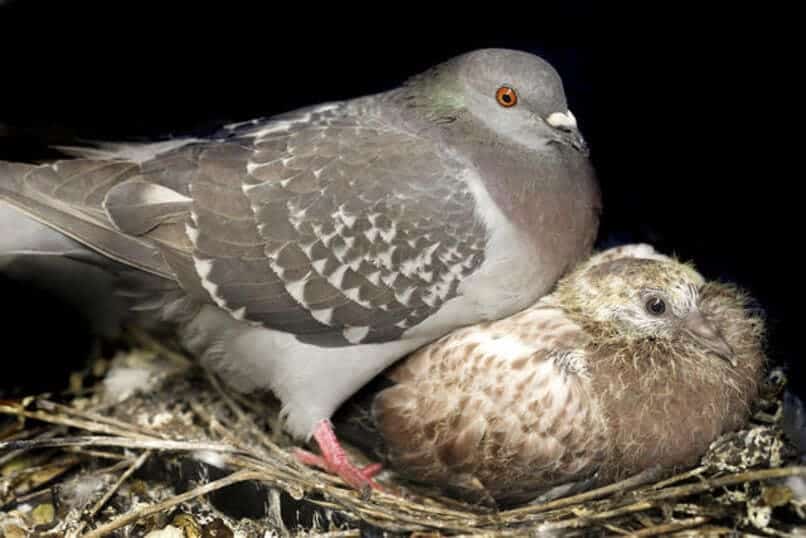
Where do pigeons nest?
The site is a nook, cranny, or ledge on either cliffs or manmade structures, often beneath eaves or an overhang. Pigeons may nest in stairwells, in rooms of abandoned buildings, or rain gutters.
Urban Roosts: Pigeons have become synonymous with city life. They often nest on building ledges, window sills, and the rooftops of both residential and commercial structures. The abundance of nooks and crannies in urban environments provides them with ideal nesting sites.
Barnes and Agricultural Structures: In rural areas, pigeons find shelter in barns, silos, and abandoned farm buildings. These structures mimic the rocky cliffs they originally inhabited, making them suitable nesting spots.
Public Spaces: Pigeons are frequently seen nesting in public spaces like parks, plazas, and statues. They take advantage of the nooks and crannies of statues and public art installations, creating concealed nests.
Natural Habitats: While urban environments dominate their nesting sites, pigeons still utilize their ancestral habitats. In some regions, they can be found nesting on cliffs, in caves, and within natural crevices.
What lives on pigeons?
The pigeon louse fly, Pseudolynchia canariensis (Macquart), is a common ectoparasite of pigeons and doves. The louse flies (Hippoboscidae) are obligate blood-feeding ectoparasites of birds and mammals. Both adult males and females feed on the blood of their host.
Feather Lice: Feather lice are tiny insects that infest the feathers of pigeons. They feed on the oils and debris found on feathers and can be quite specific to their pigeon hosts.
Mites: Pigeons can harbor various mite species, including those that inhabit their feathers, skin, and respiratory system. While some mites are harmless, others can cause health issues for the birds.
Bird Fleas: Pigeons can also carry bird fleas, which are adapted to feed on avian hosts. These fleas may occasionally bite humans but primarily rely on pigeons for sustenance.
Ticks: Pigeons can become hosts to ticks, particularly in their nesting areas. Ticks attach themselves to the birds’ skin to feed on their blood.
Nesting Parasites: Pigeon nests can become breeding grounds for other parasites like mites and ticks. These parasites may infest the nest material and, in some cases, affect the pigeon’s health.
Where do pigeons make their home?
Pigeons often make their nest in old buildings or other high rise residential structures. The pigeon nest can be found in the balcony, window ledges, beams of the buildings, etc.
Urban Environments: Pigeons have become iconic city dwellers, often nesting on urban structures. They favor ledges, window sills, and rooftops of buildings. The crevices and recesses of skyscrapers and apartment complexes provide ideal nesting spots.
Public Spaces: In cities and towns, pigeons often nest in public spaces such as parks, plazas, and bridges. They may build nests on statues, under bridges, or in nooks and crannies of public art installations.
Agricultural Areas: In rural settings, pigeons adapt by nesting in barns, silos, and abandoned farm buildings. These structures mimic their natural rocky habitats, offering suitable shelter.
Natural Habitats: While urbanization has altered their nesting preferences, pigeons can still be found nesting in natural environments. They use cliffs, caves, and rocky outcrops, much like their original ancestral homes.
What is a pigeon nest?
A pigeon nest is constructed of materials such as small twigs, straw or grass stems, roots, pine needles, and leaves, with a small hollow in the center where two eggs are usually laid. The male pigeon selects the nest site and the couple builds the nest together.
A pigeon nest is the carefully constructed shelter where pigeons, also known as rock doves (Columba livia), lay their eggs, incubate them, and raise their young. These nests are relatively simple in structure but serve the essential purpose of providing a safe and secure environment for pigeon reproduction.
Typically, pigeon nests are made of twigs, sticks, and small branches. The male and female pigeons work together to build the nest, with the male collecting materials and the female arranging them into a suitable nest shape. Pigeons are known to be quite resourceful, often incorporating other materials such as straw, leaves, and feathers to line the interior of the nest for added comfort.
Pigeons exhibit a strong preference for elevated nesting sites. In urban environments, they commonly choose ledges, window sills, and rooftops of buildings. In rural areas, they opt for barns, silos, and natural crevices in cliffs. The choice of nest location is driven by the need for shelter and protection from predators.
Where do baby pigeons live?
Baby pigeons stay in the nest for about a month after they hatch, and they are essentially fully grown when they leave. So, the best place to see one is in a nest. The problem is that pigeons don’t really like their nests to be found. Pigeons like to nest in kind of crevices and kind of hidden away places.
Baby pigeons, often referred to as squabs, initially live in the nest where they are hatched. Pigeon nests are typically located in elevated positions, such as on building ledges, window sills, rooftops, or within structures like barns and silos. The specific location of the nest depends on the parent pigeons’ choice and the availability of suitable nesting sites.
The nest itself is a relatively simple structure made of twigs, sticks, and sometimes other materials like straw and leaves. It provides a secure and sheltered environment for the squabs, protecting them from the elements and potential predators.
In the early days of their lives, baby pigeons rely entirely on their parents for food and warmth. Both the mother and father pigeons take turns incubating the eggs and feeding the squabs a specialized secretion known as pigeon milk, which is rich in nutrients. As the squabs grow, they become more active in the nest and gradually develop feathers.
Do pigeons live on trees?
Pigeons are rock doves and are comfortable roosting and nesting on rock faces and, by extension, building facades and other urban structures. That’s a big part of the reason they thrive in cities. But they’re perfectly capable of perching on tree branches.
Pigeons, also known as rock doves (Columba livia), are not typically associated with living in trees. Unlike many bird species that construct their nests in trees, pigeons have evolved to prefer different nesting locations. Pigeons tend to favor man-made structures and rocky outcrops over trees for their nests.
In urban environments, pigeons commonly nest on buildings, ledges, window sills, and rooftops. These elevated structures provide them with convenient nesting sites that resemble the cliffs and rocky crevices that were their natural habitats before they adapted to urban life. These man-made perches offer protection from ground predators and easy access to food sources.
In rural areas, pigeons may choose to nest in barns, silos, or abandoned farm buildings, rather than in trees. These structures replicate the secure and sheltered environments that pigeons historically sought out in natural settings.
Do pigeons always fly home?
The rock dove has an innate homing ability, meaning that it will generally return to its nest using magnetoreception. Flights as long as 1,800 km 1,100 miles have been recorded by birds in competitive pigeon racing.
The notion that pigeons always fly home is a popular myth associated with homing pigeons, a specific breed of pigeon known for their exceptional navigational abilities. While homing pigeons have been selectively bred for centuries to find their way back to a specific home loft or location, this ability is not characteristic of all pigeons.
Homing pigeons are a remarkable breed known for their keen sense of direction and the ability to return home over long distances. They have been used historically for message delivery and even in racing events. These pigeons rely on their exceptional homing instincts, possibly involving magnetic field detection and visual landmarks, to navigate.
However, most pigeons, including the common feral pigeons often seen in urban areas, do not exhibit this remarkable homing ability. These pigeons typically stay in the vicinity of their chosen nesting or roosting sites, and their movements are more focused on finding food and shelter within their local environment.
Is pigeon nest good?
Pigeons are regarded to be worshippers of the goddess Lakshmi in accordance with religious beliefs. As the pigeons come home, it is said that it turns bad luck into good luck. The home in which they live is always filled with joy and harmony. Hence, it is advised that their nest should never be destroyed.
From the perspective of pigeons: Pigeon nests serve as essential shelters where they lay their eggs, incubate them, and raise their young. In this sense, pigeon nests are crucial for their reproductive success, providing safety, warmth, and protection from predators.
From the perspective of urban environments: Pigeon nests can be problematic in densely populated areas. The accumulation of pigeon droppings around nests can create sanitation issues and damage buildings and structures. Nests in building eaves and gutters can lead to blockages and costly maintenance.
From a conservation perspective: Pigeons, as adaptable urban birds, can sometimes outcompete native bird species for nesting sites and food resources. In such cases, their nests may have negative impacts on local ecosystems.
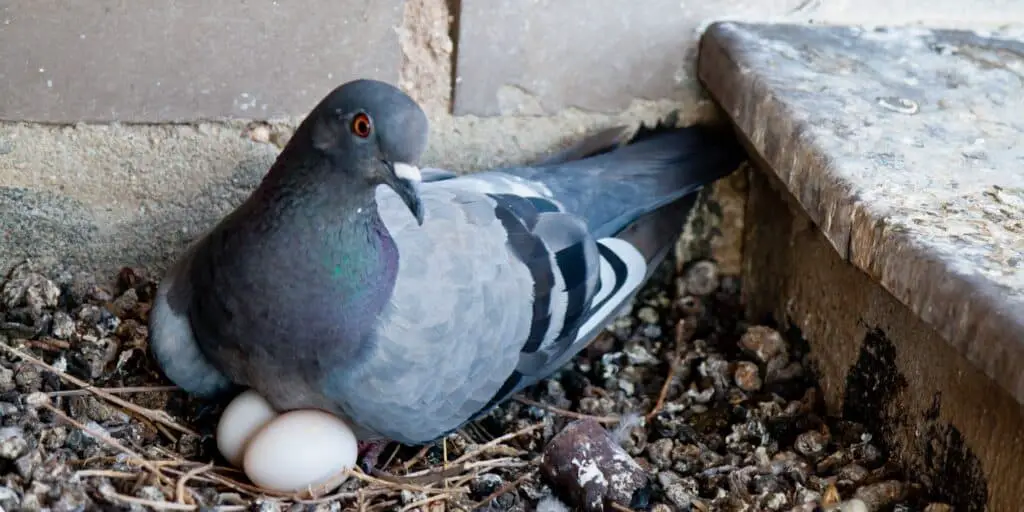
Conclusion
The living habitats of pigeons, or rock doves, are a testament to their remarkable adaptability and ability to thrive alongside humanity. These versatile birds have successfully colonized diverse environments, from bustling urban centers to serene countryside landscapes. Their capacity to make homes in buildings, cliffs, and natural crevices demonstrates their impressive resilience and resourcefulness.Pigeons have become an integral part of our urban ecosystems, sharing our cities and public spaces as they coexist with humans.
Their presence serves as a reminder of the interconnectedness of wildlife and human environments, showcasing nature’s remarkable ability to adapt to changing landscapes. In studying the habitats of pigeons, we gain a deeper appreciation for the resilience of these birds and the unique relationship they have developed with human communities. As pigeons continue to thrive in various settings, they remain a source of fascination and inspiration, encouraging us to better understand and appreciate the natural world surrounds us.
The adaptability of pigeons isn’t just a testament to their survival skills but the impact of human urbanization on wildlife. As cities have grown and expanded, pigeons have seized the opportunity to thrive in these man-made environments. Their ability to exploit urban niches has allowed them to flourish where other bird species might struggle. They are opportunistic feeders, consuming a wide variety of foods, including grains, seeds, and even human food scraps.

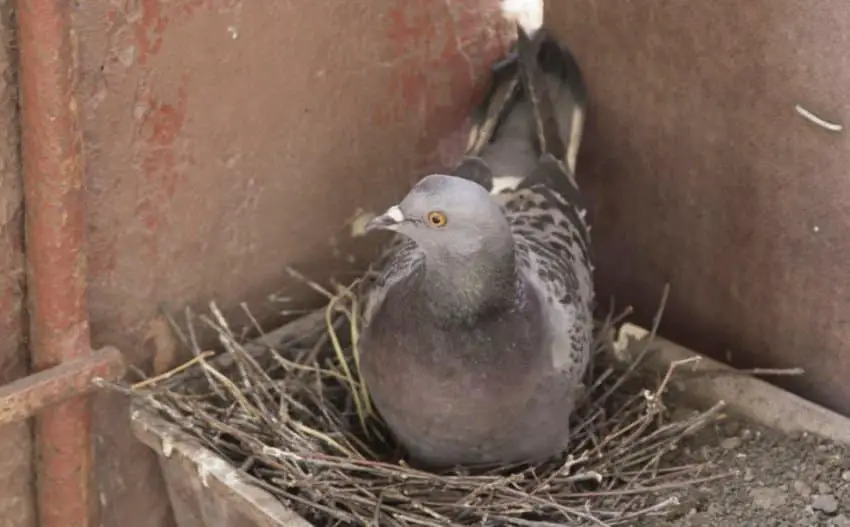
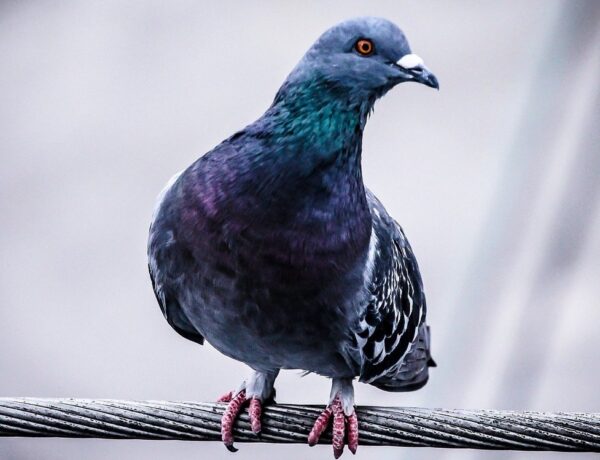
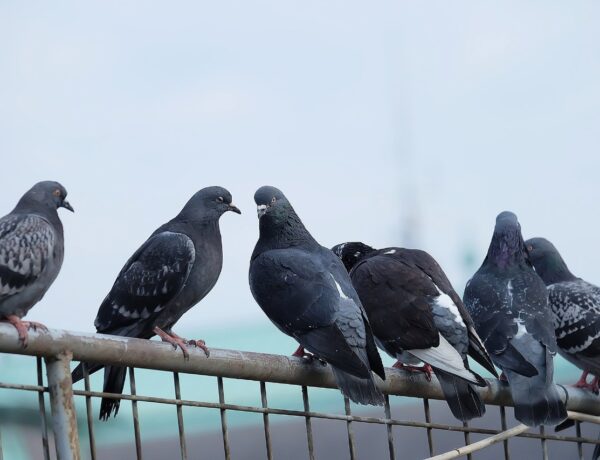

No Comments